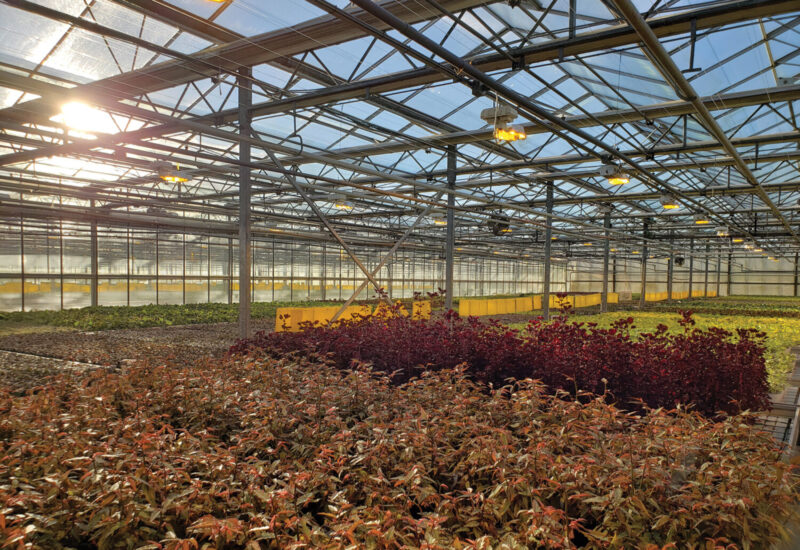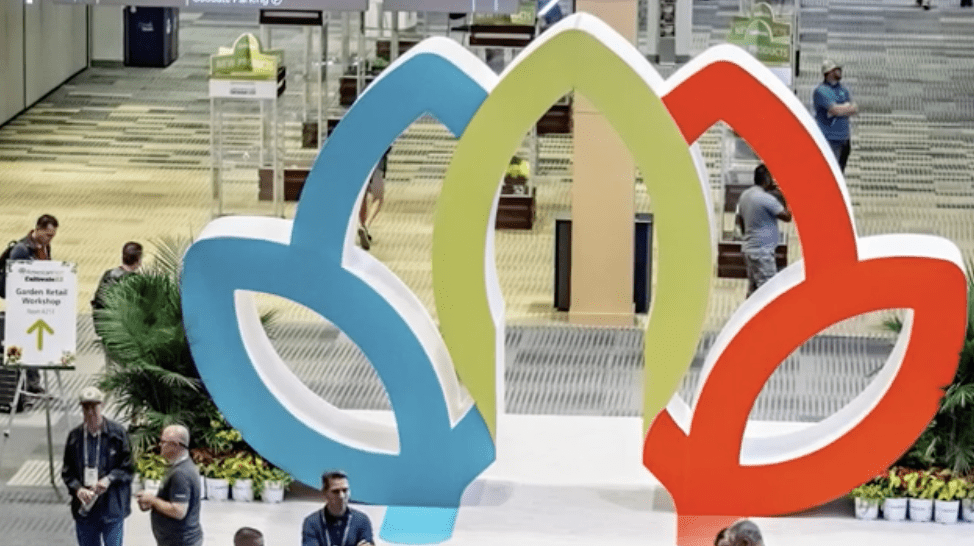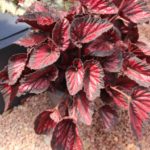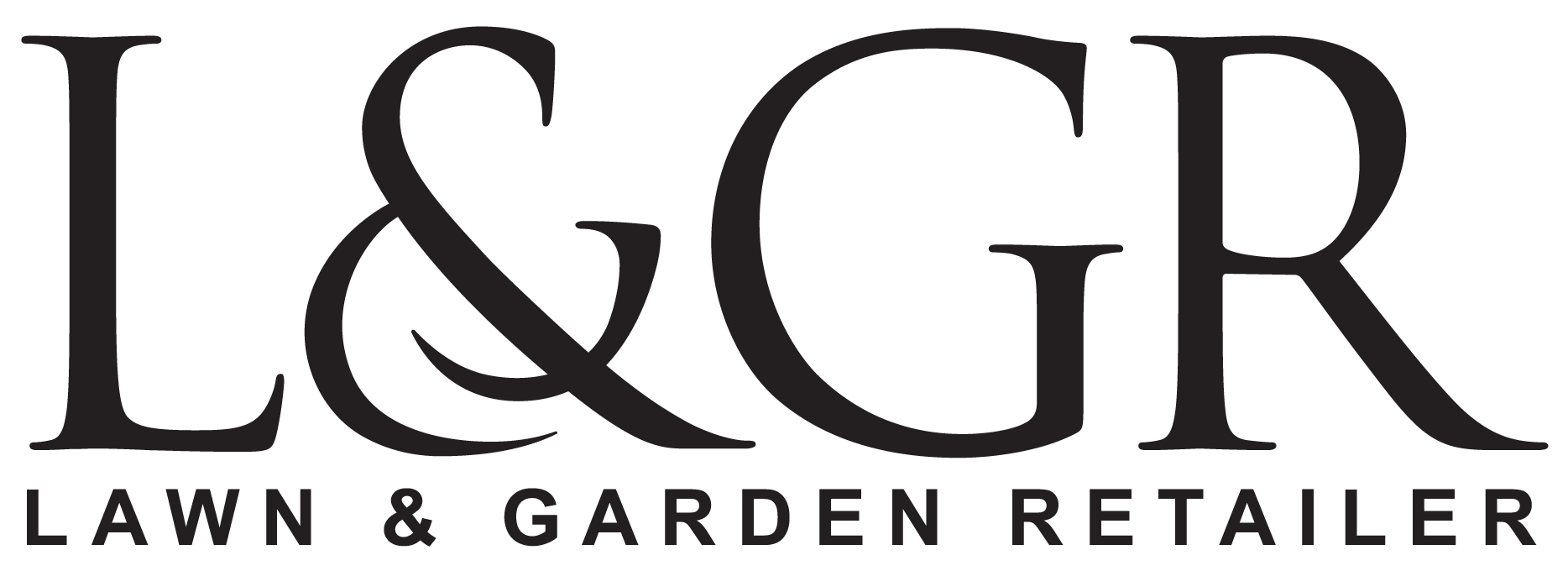
Proper use and maintenance of a light sensor
Light management is critical for crops grown inside greenhouses and controlled indoor environments. Many grower decisions, such as watering, are directly influenced by light, as are inputs to greenhouse environmental control systems to manage the operation of supplemental lighting, shade curtains, ventilation and cooling. These decisions and controls rely on accurate light data from light sensors — but these sensors are often neglected, leading to erroneous readings. This article discusses how to use and maintain light sensors to ensure accuracy and confidence in light measurements.
TYPES OF SENSORS
There are two types of appropriate sensors to measure light for plant production applications. From a growth perspective, light intensity should be measured by a quantum sensor, which measures the number of photons within the photosynthetically active radiation (PAR) waveband. An extended PAR (ePAR) sensor is also now available, which measures light in the PAR and far-red wavebands. While quantum sensors that measure light in the PAR waveband are appropriate for most applications, those that also measure far-red light can be useful with electric lighting.
Quantum sensors measure light on an instantaneous basis as the number of micromoles of photons incident on a square meter every second, or µmol∙m–2∙s–1. This value can be automatically and frequently logged throughout each day to calculate the daily light integral (DLI). The DLI represents the cumulative number of photons received in a 24-hour period and is reported as the moles of photons per square meter and day, or mol∙m–2∙d–1 .
High-quality quantum sensors, such as those manufactured by Apogee Instruments or Li-Cor, accurately measure sunlight as well as electric lighting for plant applications. They can also tolerate moisture and dust, which are common inside greenhouses. Lower-quality and less-expensive sensors may not tolerate challenging environmental conditions and can be less accurate, especially as the sensors age.
When considering heat load from the sun, light intensity is more appropriately measured by a radiometer. A radiometer measures short-wave radiation, which includes UV, PAR and infrared light. These sensors are calibrated for sunlight and report energy in watts per square meter, or w∙m–2 .
LOCATION
Appropriate placement of quantum sensors and pyranometers can depend on the sensor’s intended function. A pyranometer is usually placed outside of the greenhouse and is typically a component of a weather station. Data from a pyranometer are fed to an environmental control system to regulate at least some automated processes, such as the retraction of shade curtains or aspects of ventilation.
Data from quantum sensors are often most informative when positioned inside the greenhouse at or near crop height. Such placement provides information on the actual intensity of light that plants receive, with or without supplemental lighting. It also provides the most accurate data for determination of the DLI. The sensor should be away from side walls and main aisleways, and not be shaded by posts or overhead obstructions. The sensor should also be level and not routinely sprayed with water.
In greenhouses with supplemental lighting, it can be useful to have a second quantum sensor positioned above the lamps and below a curtain(s), if present. This sensor provides information on the amount of sunlight available to plants, which provides the best information for managing the operation of electric lighting systems.
MAINTENANCE
To ensure reliable and accurate measurements, light sensors should be regularly inspected to verify they are properly leveled and free from dust or other contaminants that could interfere with sensor performance. Sensors that have accumulated mineral deposits from irrigation water and fertilizer result in erroneously low readings. It is recommended to designate a trained staff member at each facility or production zone to be responsible for maintenance and functional checks of all light- sensing equipment.
Pyranometers outside the greenhouse probably only need to be checked a few times a year, whereas quantum sensors are more likely to be dirtied or moved out of position inside the greenhouse, especially ones near the crop. Follow manufacturer’s instructions for sensor cleaning, which is usually to use a soft, non-abrasive cloth with deionized water and, when needed, a mild detergent.
High-quality quantum sensors have improved a lot in the last decade. Those manufactured before about 2015 are much more likely to drift, leading to erroneous data. Over time, the error can be 20% to 25% and potentially higher when placed in demanding environments, such as in propagation. Therefore, sensors that are more than 10 years old should be recalibrated. Newer high-quality sensors (those manufactured around 2015 or later) typically drift by less than 1% a year, so the need for recalibration is lower.
Periodic cleaning and recalibration of light sensors can typically be performed by returning the sensor to the manufacturer, with a service cost of approximately $75 to $100. This modest investment helps ensure the reliability of your light measurements and enables more informed light-management decisions.
Photo courtesy of Erik Runkle.









 Video Library
Video Library 


















